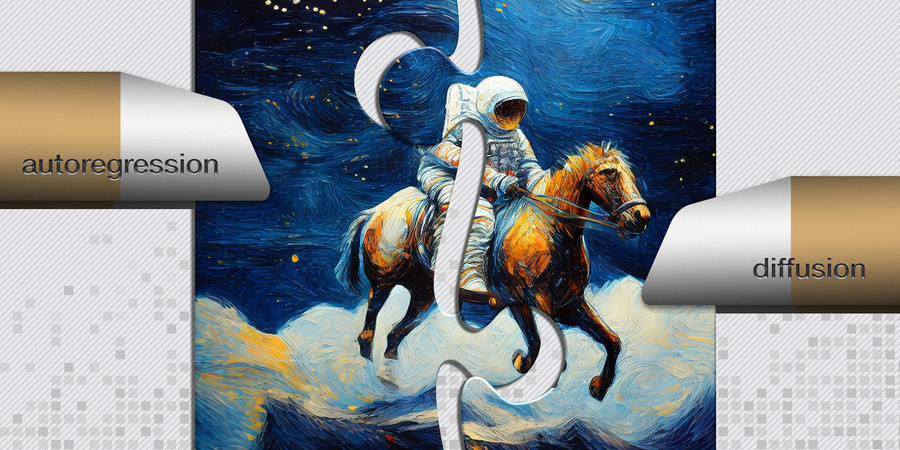Tuesday, April 19, 2022 | 11:00am ET, von Hippel Room, 13-2137
Speaker: Tiffany S. Santos, Western Digital Corporation
Abstract:
The magnetic tunnel junction (MTJ), a device comprised of two ferromagnetic electrodes with a thin (about 1 nm) insulating tunnel barrier in between, was first proposed in a Ph.D. thesis by Michel Jullière in 1975 and reached widespread commercialization nearly 30 years later as the read sensor in hard disk drives. MTJs became essential for data storage in consumer laptop and desktop computers, early-generation iPods, and now in data centers that store the information in “the Cloud.” The application of MTJs has expanded even further, becoming the storage element in non-volatile memory, first in toggle magnetic random access memory (MRAM) used in automotive applications and outer space, and now in the production of spin-transfer torque MRAM as a replacement for embedded flash memory. As computing capabilities advance and drive demand for high-performance memory, innovation in MTJ continues in order to deliver faster, high-density MRAM that can support last-level cache, in-memory computing, and artificial intelligence.
In this talk, I will describe the seminal discoveries that enabled MTJs for pervasive use in hard disk drives, MRAM, and magnetic sensors, such as the discovery of tunnel magnetoresistance (TMR) at room temperature, the invention of spin-transfer torque as the means to flip magnetization without a magnetic field, and the prediction and realization of high TMR using MgO tunnel barriers. As the demand for faster and higher density memory persists, still more breakthroughs are needed for MTJs contained in device pillars (or bits) just tens of nanometers in diameter. These advances require tuning of material properties at the atomic scale as well as across arrays of millions of bits in a memory chip. I will describe the magnetic properties of MTJs that are essential for high-performance MRAM, including perpendicular magnetic anisotropy, damping parameter, exchange constant, thermal stability factor, and TMR, and how to engineer these properties to deliver high spin-transfer torque efficiency and high data retention in spin-transfer torque MRAM devices. In addition, I will describe an innovative nanofabrication process for achieving dense arrays of MRAM bits with 50 nm full pitch.
 Speaker Bio: Tiffany S. Santos is the Director of Non-Volatile Memory Materials Research at the Research Division at Western Digital in San Jose, California, working in the Research division on materials for non-volatile memory technology. She first joined the company in 2011, when it was previously known as Hitachi Global Storage Technologies, to work on research of media for heat-assisted magnetic recording. She received her SB and PhD in Materials Science and Engineering from the Massachusetts Institute of Technology, where she did her thesis research on magnetic tunnel junctions and thin film magnetism. After receiving a PhD, she became a Distinguished Postdoctoral Fellow, and later an Assistant Scientist, in the Center for Nanoscale Materials at Argonne National Laboratory. In 2009, she was awarded a L’Oreal USA Fellowship for Women in Science.
Speaker Bio: Tiffany S. Santos is the Director of Non-Volatile Memory Materials Research at the Research Division at Western Digital in San Jose, California, working in the Research division on materials for non-volatile memory technology. She first joined the company in 2011, when it was previously known as Hitachi Global Storage Technologies, to work on research of media for heat-assisted magnetic recording. She received her SB and PhD in Materials Science and Engineering from the Massachusetts Institute of Technology, where she did her thesis research on magnetic tunnel junctions and thin film magnetism. After receiving a PhD, she became a Distinguished Postdoctoral Fellow, and later an Assistant Scientist, in the Center for Nanoscale Materials at Argonne National Laboratory. In 2009, she was awarded a L’Oreal USA Fellowship for Women in Science.
Explore
AI Tool Generates High-Quality Images Faster Than State-of-the-Art Approaches
Adam Zewe | MIT News
Researchers fuse the best of two popular methods to create an image generator that uses less energy and can run locally on a laptop or smartphone.
New Security Protocol Shields Data From Attackers During Cloud-based Computation
Adam Zewe | MIT News
The technique leverages quantum properties of light to guarantee security while preserving the accuracy of a deep-learning model.
New Technique Helps Robots Pack Objects into a Tight Space
Adam Zewe | MIT News
Researchers coaxed a family of generative AI models to work together to solve multistep robot manipulation problems.




